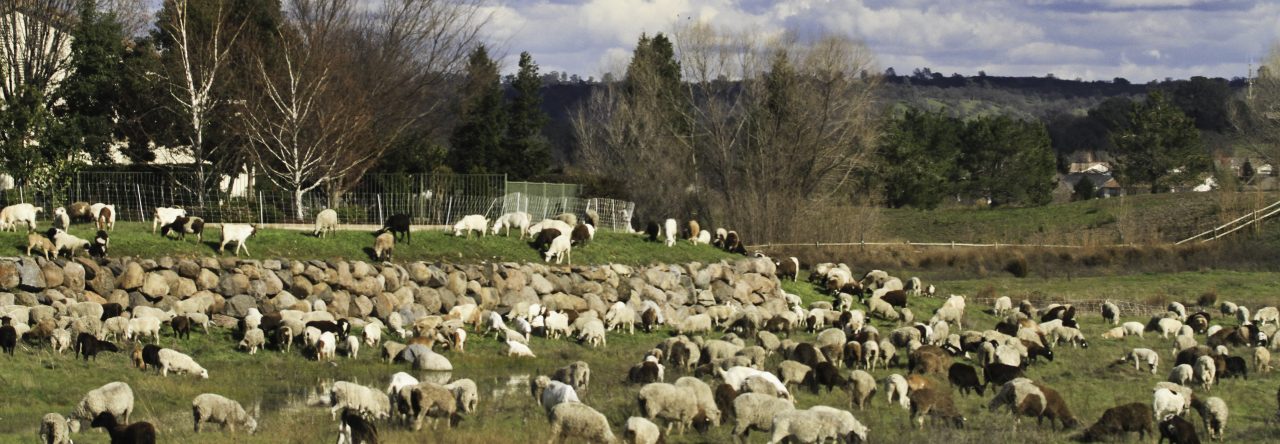In the fall of 2020, I planted cereal grain seed within several established alfalfa stands of
various ages in Yolo County, Ca. My hope was to demonstrate the viability of using
winter cereals as a cover crop within routine alfalfa production activities. In order for the
idea to work it is required that the alfalfa production routine not be negatively impacted
by the planting, growth, and termination of the cereal.
In order to adhere to the integrazing concept that I have been advocating for the last
twelve years I have begun a routine that has several key parts.
The cereal is planted just before irrigating the alfalfa between the next to last and last
cutting. This first year I started planting on September 16. My idea was that the cereal
would germinate and begin growing while not getting large enough to impact hay quality
of the last cutting. I also believed that the cereal would then grow larger as the fall and
winter months progressed.
The cereal will be fed by herds of sheep and goats during the winter to convert the forage
biomass into manure. This will help assure that the biomass volume will not affect forage
quality in the following year. Increased forage volumes per acre will better sustain
livestock herd operations in an era of reducing alfalfa acres across the region.
The cereal will be terminated by the regular herbicide applications in plenty of time to
assure that the spring growth of alfalfa will be free of debris within the first cutting
To date the cereal crops have produced enough dry matter to more than compensate for
the cost of the seed and planting. The cereals did not affect final cutting alfalfa quality.
The cereal continues to increase in biomass even with adverse dry conditions. Some acres
had water added in various ways to simulate winter moisture levels when rains are near
or above average levels.
I calculated that I needed to grow twice the dry matter of cereal forage as compared to
feeding the grain directly in order to economically justify the idea. I also believe that
once the forage was been consumed and the cereal terminated that the root biomass
carbon left in the soil biome will enhance the soil function.
I have retained the services of a consultant to measure CO2 flux data to further support
the effort. My belief is that by populating the soil areas between alfalfa crowns as the
stands age and thin with cereals the soil biome carbon metric can be enhanced relative to
net carbon. The first sampling data supports the effort.

Sincerely, Leland F Hazeltine, The Integrazer

